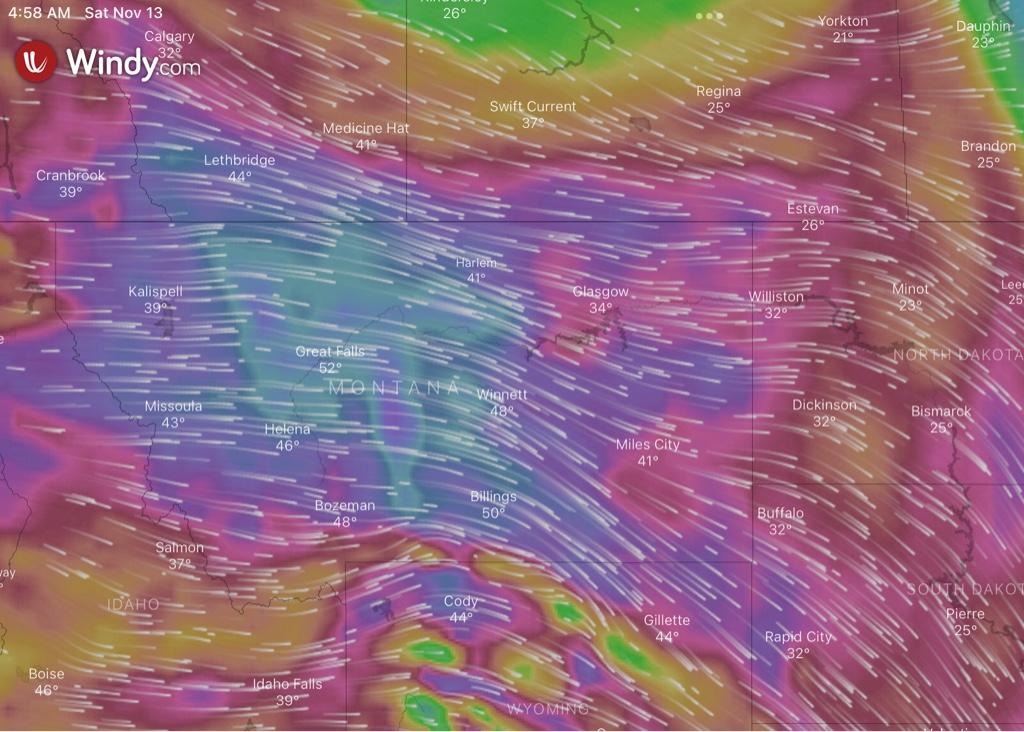Dave Anderson
Line Up and Wait
- Joined
- Aug 31, 2021
- Messages
- 504
- Display Name
Display name:
SkyDreams
Newbie question here when flying a cross country.. specifically with your wife!
It gets light-moderate turbulence do you always find smooth air higher? Curious what everyone looks for? The winds aloft in FF are a start, I flew in the airmet for low turbulence this week and it was enough to worry me a bit, but found smooth air lower. I ended up back-tracking to land but I'm curious what some of you look for besides a close runway?
It gets light-moderate turbulence do you always find smooth air higher? Curious what everyone looks for? The winds aloft in FF are a start, I flew in the airmet for low turbulence this week and it was enough to worry me a bit, but found smooth air lower. I ended up back-tracking to land but I'm curious what some of you look for besides a close runway?

 Par for the course here as well.
Par for the course here as well.